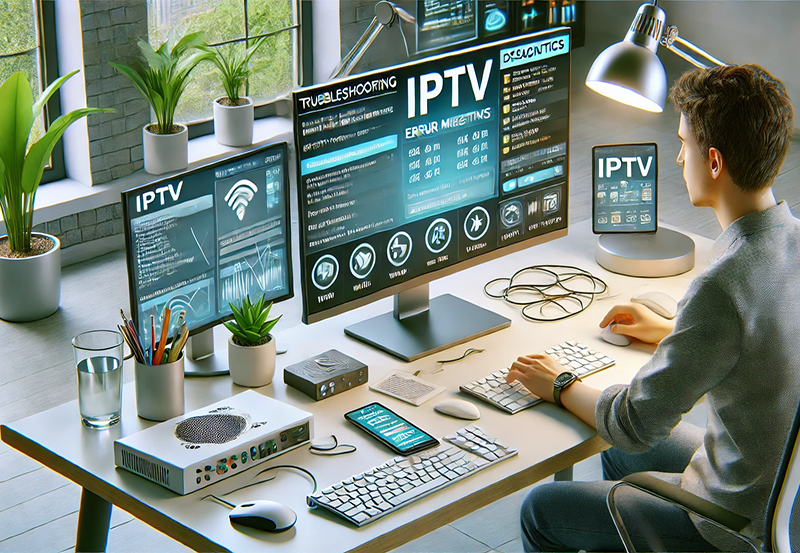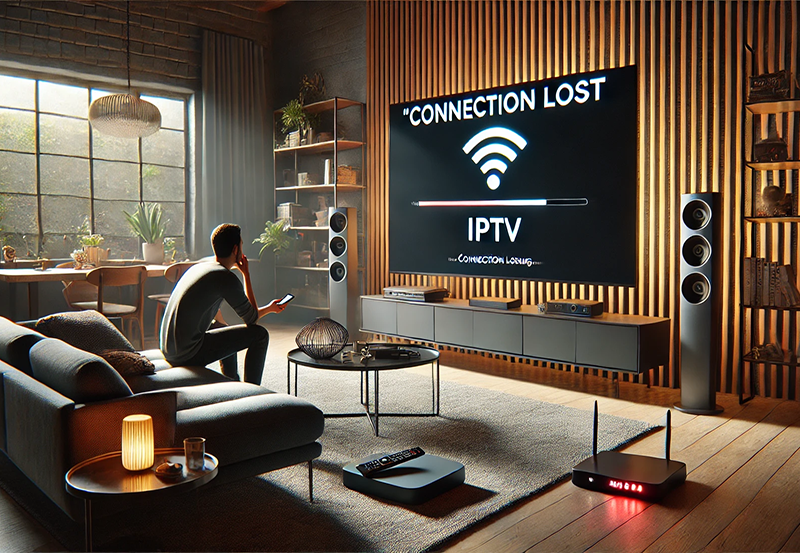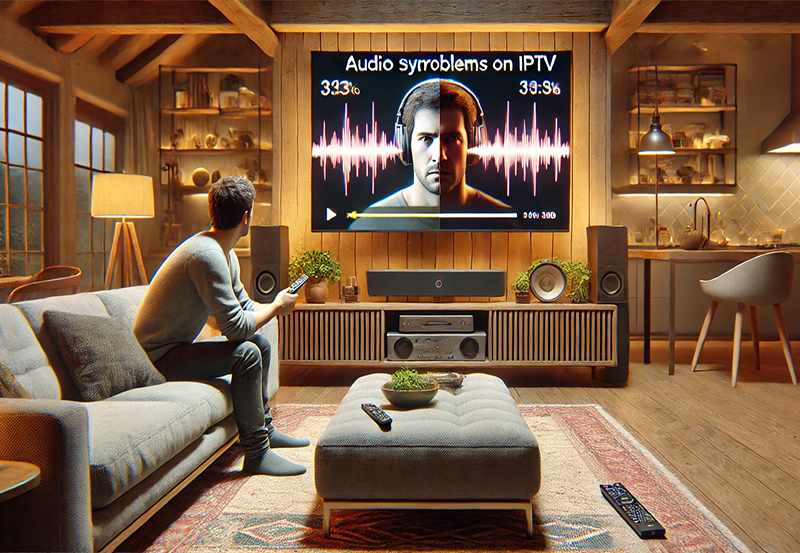IPTV (Internet Protocol Television) is a fantastic way to stream live TV and on-demand content. However, poor video quality can disrupt your viewing experience. Understanding the causes and applying the right solutions can help you achieve smooth, high-quality IPTV streaming.
Common Causes of Poor Video Quality on IPTV
1. Slow or Unstable Internet Connection
- Symptoms: Low resolution, buffering, or pixelated video.
- Cause: Insufficient bandwidth to support HD or 4K streams.
2. Overloaded IPTV Provider Servers
- Symptoms: Frequent buffering and poor video quality on specific channels.
- Cause: The IPTV provider’s servers cannot handle high traffic.
3. Device Performance Limitations
- Symptoms: Sluggish app performance, lagging, or inconsistent quality.
- Cause: Older or underpowered devices may struggle with HD or 4K streams.
4. Incorrect App Settings
- Symptoms: Videos play in low resolution even with a stable internet connection.
- Cause: Streaming apps are not configured for optimal video quality.
5. ISP Throttling
- Symptoms: Quality drops during peak hours.
- Cause: Some ISPs throttle IPTV or streaming traffic.
6. Network Congestion
- Symptoms: Streaming quality worsens when multiple devices are connected.
- Cause: Bandwidth is shared across devices, leaving less for IPTV.
7. Outdated Apps or Firmware
- Symptoms: Poor performance and compatibility issues.
- Cause: Older app versions may not be optimized for modern IPTV services.
How to Fix Poor Video Quality on IPTV
1. Improve Your Internet Connection
- Test Speed:
- Use tools like Speedtest.net to check your connection.
- Required speeds:
- 5 Mbps for SD.
- 10 Mbps for HD.
- 25 Mbps for 4K.
- Switch to Ethernet:
- Use a wired Ethernet connection for more stable and faster internet.
- Upgrade Your Internet Plan:
- Opt for a higher bandwidth package if your current speed is insufficient.
2. Optimize App Settings
- Adjust Streaming Quality:
- In your IPTV app, go to Settings > Video Quality and select HD or 4K.
- Enable Adaptive Streaming:
- Many apps adjust video quality based on available bandwidth.
- Increase Buffer Size:
- Apps like TiviMate allow you to increase the buffer size for smoother playback.
3. Upgrade Your IPTV Device
- Recommended Devices:
- NVIDIA Shield TV: Best for HD/4K streaming.
- Amazon Firestick 4K Max: Budget-friendly and high-performing.
- Formuler Z11 Pro Max: Optimized for IPTV.
- Ensure Device Compatibility:
- Use devices capable of decoding HD and 4K streams efficiently.
4. Use a Reliable IPTV Provider
- Switch Providers:
- If your current provider’s servers are often overloaded, consider a new one.
- Check for Server Upgrades:
- Contact your IPTV provider to see if they offer dedicated or faster servers.
5. Address ISP Throttling
- Use a VPN:
- A Virtual Private Network (VPN) like NordVPN or ExpressVPN hides your IPTV traffic from your ISP, preventing throttling.
- Test Different Servers:
- Connect to nearby VPN servers for better speeds.
6. Reduce Network Congestion
- Limit Connected Devices:
- Disconnect unused devices from your network during streaming.
- Prioritize IPTV Traffic:
- Use your router’s Quality of Service (QoS) feature to allocate more bandwidth to IPTV.
7. Keep Apps and Firmware Updated
- Update IPTV Apps:
- Regular updates ensure compatibility and improved performance.
- Upgrade Device Firmware:
- Check for and install updates to your streaming device.
8. Troubleshoot Your IPTV App
- Clear Cache:
- Go to Settings > Apps > [Your IPTV App] > Clear Cache.
- Reinstall the App:
- If clearing the cache doesn’t work, uninstall and reinstall the app.
Advanced Tips for Consistent IPTV Quality
1. Test Your Playlist or Stream
- Use apps like VLC or TiviMate to test the quality of specific streams.
- If one channel is consistently poor, report it to your provider.
2. Use Public DNS
- Switch to Google DNS (8.8.8.8, 8.8.4.4) or Cloudflare DNS (1.1.1.1) for faster response times.
3. Adjust Time Zone Settings
- Incorrect time zone settings may cause EPG (Electronic Program Guide) sync issues, affecting usability.
4. Monitor Peak Times
- Avoid streaming during peak hours if your provider struggles with high traffic.
Conclusion
Poor video quality on IPTV can result from various factors, including internet speed, device limitations, or app configurations. By addressing these issues with the solutions above, you can enjoy high-quality, uninterrupted IPTV streaming. Regularly optimizing your setup and ensuring compatibility with modern technology will enhance your overall viewing experience.
How to Troubleshoot Common IPTV Device Issues





